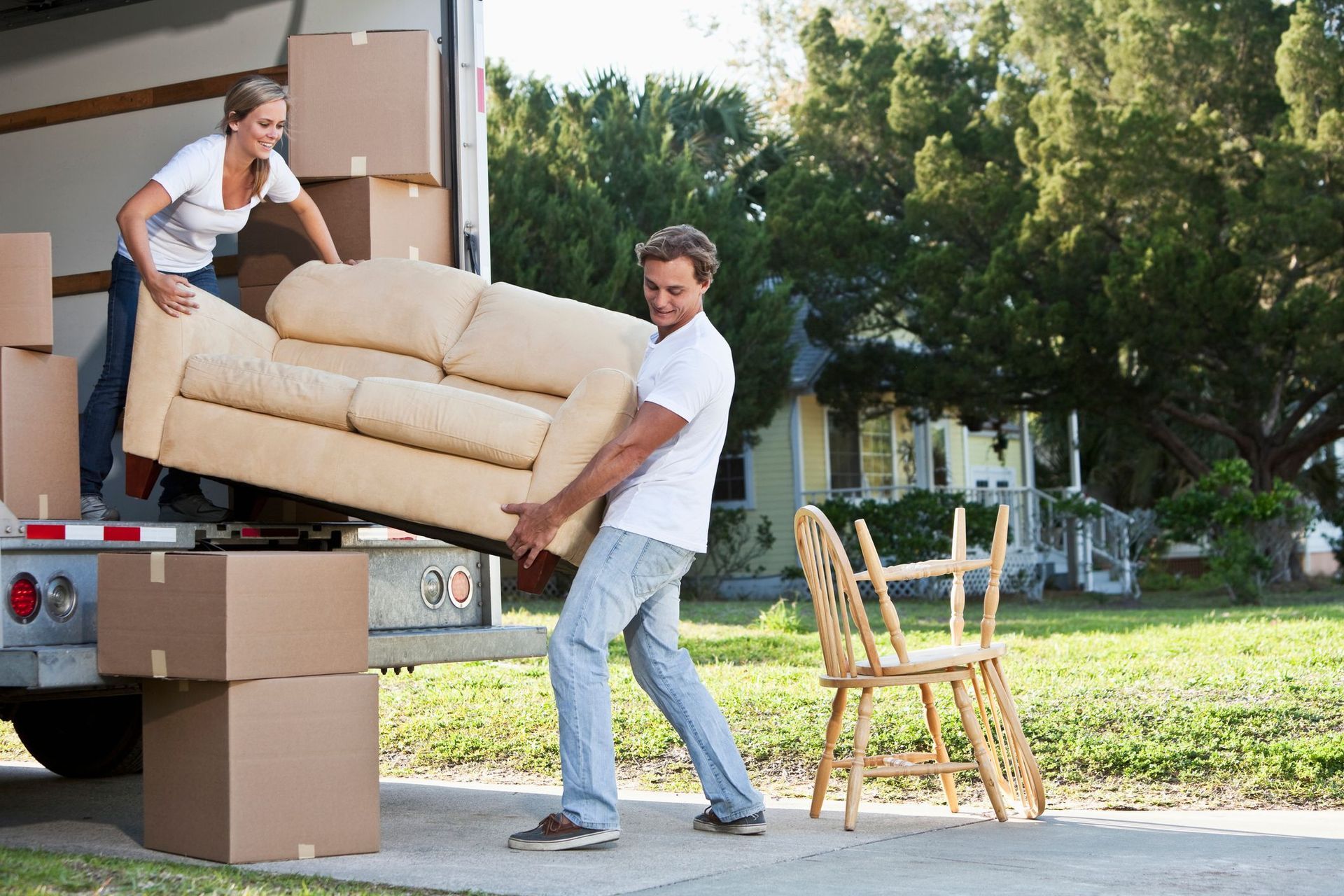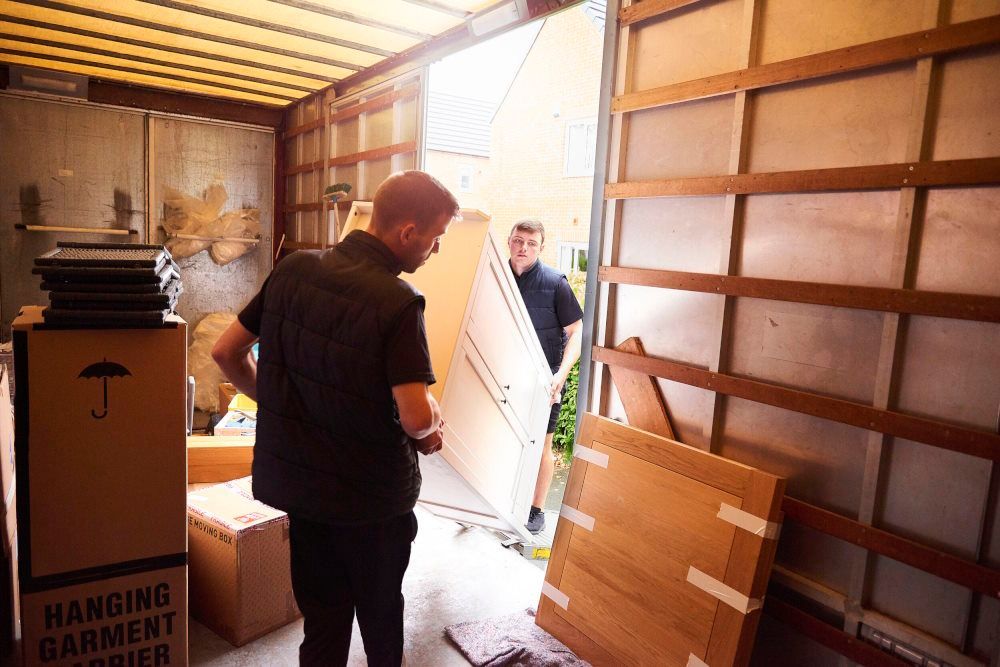The Ultimate Guide to Moving With Children and Pets

When preparing to move, there are endless things to think about, particularly when you have dependents. House removals can be stressful processes, however, they can be made easier with some tips and tricks for keeping your loved ones safe and happy.
Carry on reading to find out more about what to know before moving with your children and pets.
Children
When childcare isn’t possible, sometimes moving with your children is a need. In the long run, it can even help your child adjust to changes. Although it may seem stressful in the moment, there are a few ways to make you and your child more comfortable.
Pack Together
Before moving, buy some packing supplies to use with your child. Use these supplies to pack up your child’s belongings with them, helping them to learn when all their toys are being kept.
It is particularly important with their toys and belongings to share the packing responsibilities with your child, so they can make sure all their playthings are easily found in their new home. Mark all the boxes you pack together clearly, so when you arrive these are accessible and toys can be found to keep your child happy and busy.
Keep Their Routine
One of the most difficult but vital moving tips is keeping your child’s routine. Moving can be exciting yet disorientating for children, so keeping markers of their usual routines helps them feel less stressed. For example, this could be specific bathtime or bedtime.
Using familiar routines can often help them get to sleep better, as the excitement is lessened by familiarity. It helps them feel much more at home in their new environment, as they can associate these homely activities with their new space.
Give Them Choice
When moving with your children, try to give them choices in the design of their spaces. This could be the colour of their new room, or which room their toys might live in. You could even let them decide which room they might like to call their own, should you have the freedom to do so.
Giving your child creative freedom will ease them into a new space, and make them feel listened to and appreciated. It can turn something stressful into something exciting for them, and distract from your own concerns about where things need to go.
Move During School Holidays
As moving can be very stressful anyway, where possible, avoid adding the school run into the mix. For your child, trying to sleep with the excitement of moving can be particularly difficult, making them unready for waking up early and the following day at school.
Show Them Around
If your children didn’t attend the house viewing with you, show them around when moving in. By familiarising your child with each room, they know where they should be going to meet their needs. For example, knowing where the bathroom is beforehand will prevent any accidents.
Cats and Dogs
Your furry friends, like you and your children, will need help adjusting to a new environment. To make things easier on them during house removals, there are a few steps you can take.
Keep Familiar Scents
As cats and dogs have sensitive noses and rely on scents, make sure to keep some familiar smells close for when they move. This could be one of their favourite blankets alongside one of your pieces of clothing. This will keep them comfortable while travelling, but also when they arrive.
As tempting as it may be to wash all their belongings before the move, resist this temptation for the sake of their comfort. When you clean their items you remove the established scent, which may become destressing just when they need it most.
Give Them a Sanctuary
When moving in, on the very first day, it is important to set up your pet’s furniture needs. This could include their bed, litter trays and food bowls. By incorporating these recognisable items that meet your pet's needs, your animal will become acclimated quicker and their stress levels will be reduced.
With cats especially, they need a space to call their own. Make sure you can unpack the furniture they use to hide in, such as cat towers, to get used to their new home in their way. For dogs, make sure they have plenty of blankets and toys to keep them preoccupied during the stress of the move.
Have Quality Time
For your pets especially, moving can be very stressful. After moving all your belongings, make sure to spend time with just them. This can reduce their stress levels, making them feel calm in this new environment.
Many pets run away from their new home after moving in as they feel uncomfortable or stressed in their new space. By spending some quality time with them, it helps ease this discomfort. They mostly go in search of their previous home, therefore if you cannot find your pet and haven’t moved far, try returning to your previous address.
Introduce Them to the Area
To prevent them from running away, allow them to get accustomed to the local area under your supervision as soon as possible. If you’ve moved far away this can be particularly vital, as nothing will be recognisable to them and the scents will be completely different. There may also be new dangers to get used to, such as main roads and new wildlife.
For your dog, introduce them to one way you might walk them and the other animals they might meet. As for cats, let them out to explore in a garden area, should you have one. Make sure you’re paying attention while they explore for the first time too, to stop them from getting lost.
Other Pets
Specialist animals may have different needs from your typical cats and dogs. If you have other pets, read on to find out a little more about things to know before moving these animals to your new home.
Moving Fish
Whatever you do, don’t try to move your fish in their tank. Instead, put them in special polythene bags obtained from your local pet shop with some of their tank water. You can then place these bags into a polystyrene box, which will keep your fish safe, but should be labelled carefully to explain to any movers about the contents.
Where possible, try to move your fish on a day separate from the move of the rest of your belongings, particularly if you have lots of items. You will want to set up your fish tank as a priority, so make sure this is packed in an accessible place. Man with a Van services are particularly good for this, as their professional packing services will keep your important items safe.
Moving Reptilians
Similar to fish, moving a reptile can be tricky. Animals like snakes are very creative when it comes to sneaking through small holes, so make sure they are securely kept in the container you choose to transport them in. Get the advice of a specialist vet for these moves, as their recommendations may be different depending on your reptile type.
Exactly the same as your fish, your reptile will require a habitat as soon as possible when moving in. Reptilians often have temperature requirements, meaning their tank physically sustains them. Try to move these cages on separate days to the rest of your things, just like with fish, as these must be set up quickly.
Moving Rodents and Rabbits
As small animals tend to get lonely, try to move them together. This should only be done if your pets usually live together. If you’re having movers come to move your belongings, make sure your pets are kept in a quiet secure place for the time being.
When you do start your move, carry them yourself, as they will be much more comfortable around your familiar scent. It’s also important to monitor your small animal’s stress levels, as often these are more prone to becoming agitated by being moved and carried. Many of these pets have natural predators in the wild, such as large birds, therefore when being lifted off the ground they become panicked. Keeping them close to you during a move means you can keep checking up on them.
How We Can Help
At Rose Removals, we can help your home move become hassle-free. As a family-run company, we know how important it is to keep your loved ones happy during such an important process. Whether it’s man with a van services, house clearance or packing services, we will be there each step of the way.
Please visit our website for more information, or contact us directly for a quote.















